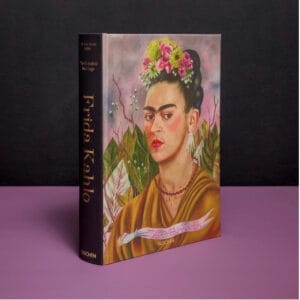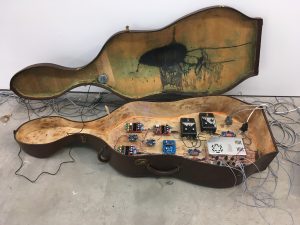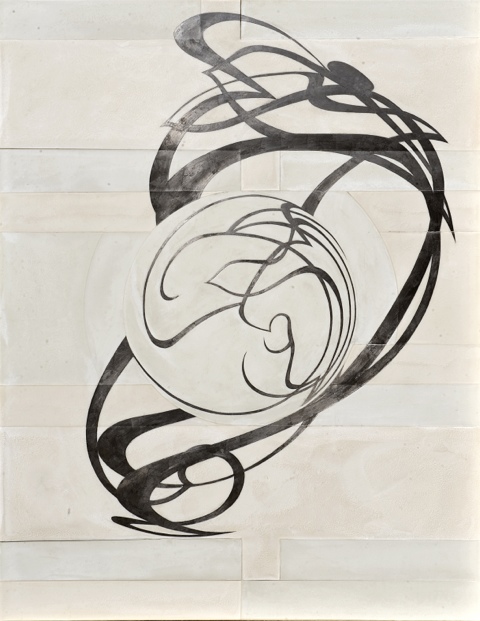
Domenico Bianchi Untitled Wax and palladio2010 140x110cm courtesy Ronchini Gallery
Ronchini Gallery expands with the opening of a new London gallery in Mayfair Inaugural exhibition opens 17th February 2012.
Since its inception in 1992 in Umbria, Italy, Ronchini Gallery has been dedicated to exploring pioneering movements at the forefront of Italian contemporary art practice whilst also representing international artists. Subscribing to the highest standards of curatorship and scholarship, the gallery provides a rigorous context in which its artists can be viewed. A second gallery space will open at 22 Dering Street, London, on 17th February 2012.
Director, Lorenzo Ronchini explains the move into Northern Europe, ‘Ronchini Gallery has always been about progression. A gallery in London opens a lot of doors for us. People ask if opening a new space is a daunting prospect, but I would be more afraid to remain only in Italy.’
The inaugural show, Italian Beauty, featuring works by leading Italian contemporary artists Giulio Paolini and Domenico Bianchi alongside Italian architect and design pioneer Giò Ponti, is presented in collaboration with Studio La Città and Curator Marco Meneguzzo.
The exhibition is part of a series which demonstrate Ronchini’s commitment to developing a broader understanding of Italian contemporary art in Northern Europe.
Italian Beauty is a curatorial project with the critical aim of investigating the idiosyncrasies of Italian art of the mid-20th and 21st centuries, by comparing artists from different generations joined by a common thread. The title Italian Beauty refers to the level of research and interest in the shape, completeness, and unity that characterised Italian art in the past.This first show highlights a shared emphasis on the mode of creation and contrasts the artists’ disparate techniques and concerns with art historical and classical influences. The works investigate the importance of production as an influence on the creative process.
Bianchi’s low level intervention, abstract work with wax, and Paolini’s studies into the act of exhibiting are contextualised by Ponti’s statement when he was awarded the Grand Prix at the Paris Expo 1925,
‘industry is the style of the 20th century, its mode of creation.’
Domenico Bianchi
Using melting wax as his primary medium, Domenico Bianchi avoids imposing a predictable physical outcome and reveals an aesthetic inherent in natural processes and materials. Bianchi emerged in the 1980’s building upon the foundations laid by Spacialism and the subsequent Arte Povera movement, which removed distinctions between techniques, cut dependence on the past and focussed attention on essential materials such as wood, water and stone.
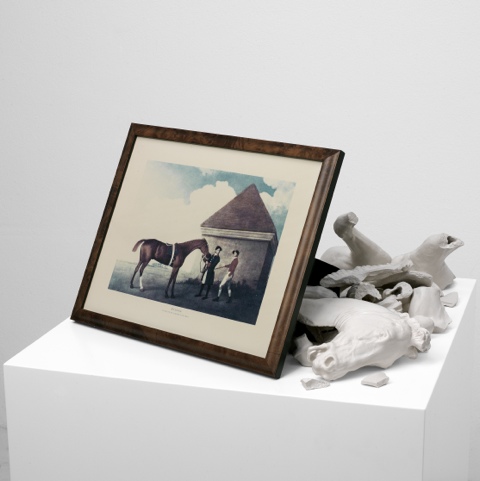
Giulio Paolini Eclipse 1986 Installazione, stampa incorniciata, frammenti di calico in gesso
60x60x80cm Courtesy the artist, Studio la Citta and Ronchini Gallery
Giulio Paolini
Often linked to the Arte Povera movement due to his involvement with influential artists and the early shows of the movement, Giulio Paolini subscribes to a different dogma, drawing heavily on art history and a twenty year archive of memories captured in photography, collage and plaster casts. With an open, cyclical approach Paolini creates works that investigate the purpose of art and how the viewer interacts with it. Here, the act of exhibition is seen by Paolini as fundamental to the experience.
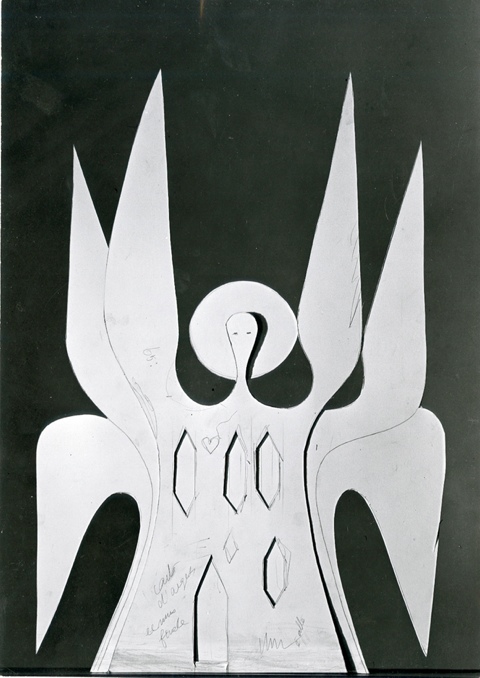
Gio Ponti Lettera alla figlia Lisa disegnata su carta di un hotel a Denver con cornice
1969 34x34cm courtesy the artist and Ronchini Gallery
Giò Ponti
Giò Ponti was an Italian Architect, industrial designer, craftsman, poet, painter, publisher and polymath who from the 1920’s to the late 70’s had a profound effect on the history of design and architecture in Italy and subsequently the world. He founded Domus magazine and designed many landmark buildings including the Pirelli Tower, Milan. Through his ceramic and furniture designs he defined a role model for industrial design excellence that proved that decorative sensibilities were not incompatible with modern ideals of quality mass production, and played an important role in the perception of Italy as a world leader in contemporary design.
Three very different artists are connected by one aim, to make works in the self-sufficient language of art that does not rely on the subject to provide value.
www.ronchinigallery.com
